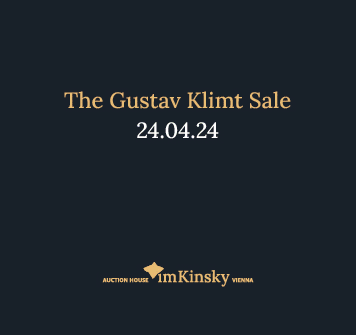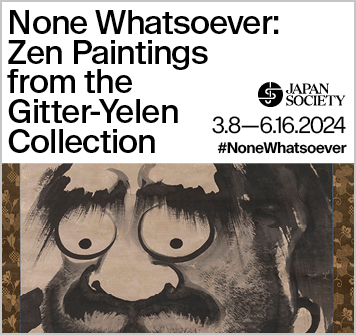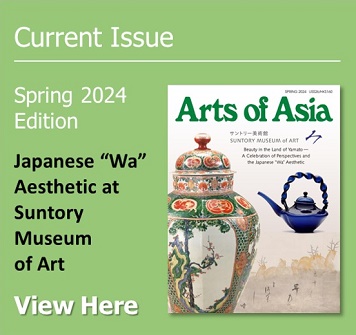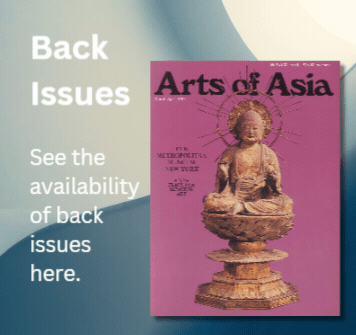ROBIN MARKBREITER
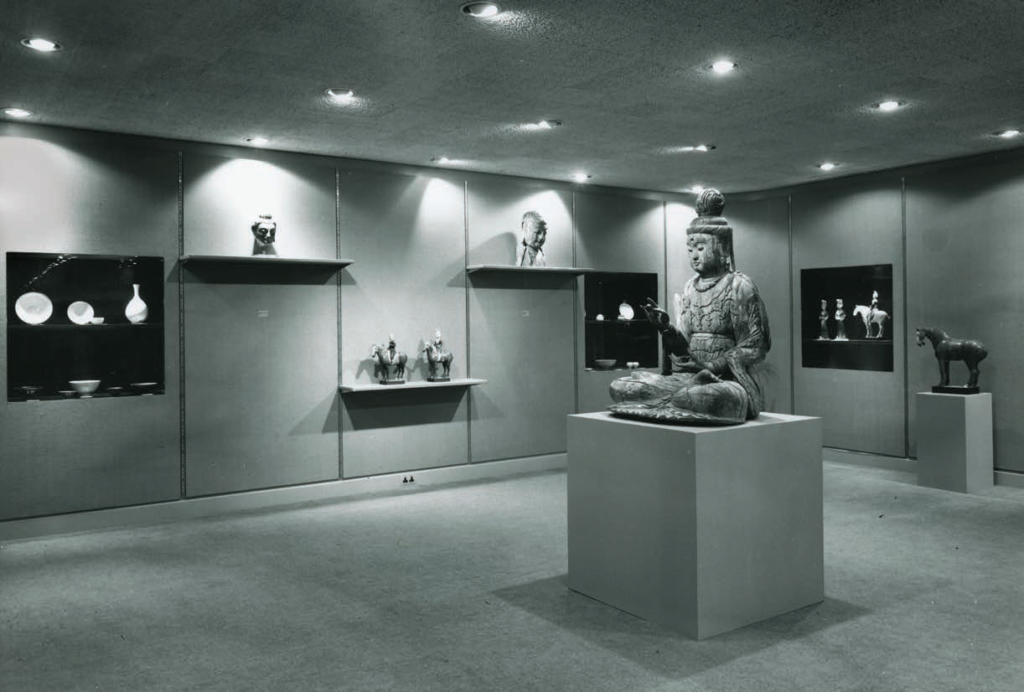
ROBIN MARKBREITER — Can you please tell our readers how you first came to acquire the gallery at Foxglove House in London?
GIUSEPPE ESKENAZI — The gallery in Foxglove House was established in 1972 when I rented the entire first floor of 166 Piccadilly, opposite Old Bond Street, and converted it into an exhibition space. A few years later, we extended the space even further, through to the building next door. Before 1972, I was working in a single room on the sixth floor of Foxglove House.
RM — Were you attracted to selling Chinese archaeological material because of your Italian family background and antique gallery?
GE — I first started in 1960 with a five pound note given to me by my uncle in Milan. I purchased two netsuke from Mrs Boas in Earls Court and sold them for a good profit. I was not attracted to Chinese archaeological material until the mid-1970s. Most of my purchases were destined for the gallery in Milan. My first sale of a Chinese sculpture was to Sidney Moss, who then had a gallery next to Claridge’s, and he very much encouraged me to carry on with Chinese art.
RM — Was your father influential in your choice of career?
GE — My father was not influential in my choice of career at all: he wanted me to carry on with the study of medicine, which I had just started. He died very early on, after which I pursued a career in antiques.

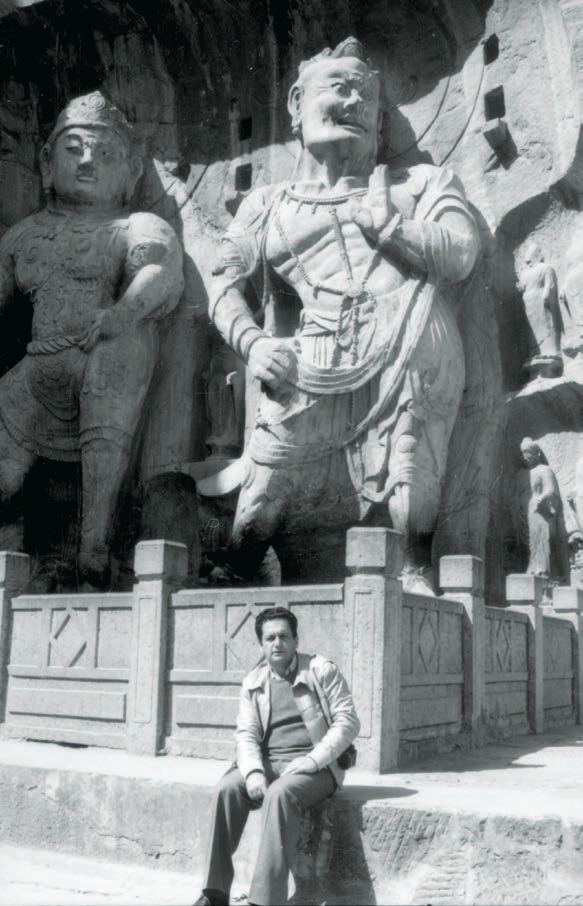
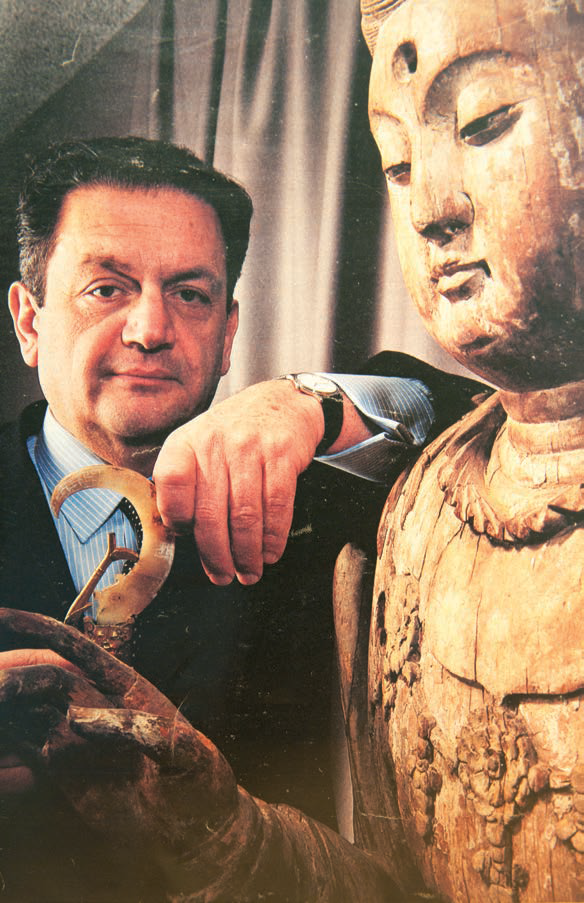
RM — Please share some highlights or events that have taken place at your gallery over the last fifty to sixty years.
GE — The major highlight in the history of the company is that after the continued success at Piccadilly, we purchased the freehold of 10 Clifford Street. We pulled down the whole building except for the original Flemish Renaissance façade, which we had restored. We then created a six-floor gallery space inside with two floors for offices, two for the library and two for displaying objects.
RM — Can there ever be another Eskenazi, or has the availability of superb material and government tightening on provenance issues made this level of dealing impossible?
GE — Dealing is not impossible but harder, as there is less art available and more collectors wishing to buy.
RM — Will Daniel take the company into a new direction, or stick with a proven recipe?
GE — Daniel is very much his own boss and has greatly contributed with Sarah Wong, who has also been here for many years. Daniel has helped form the present image of the company and enhanced our regular exhibitions of antiques, such as with exhibitions in contemporary Chinese ink painting and other areas.
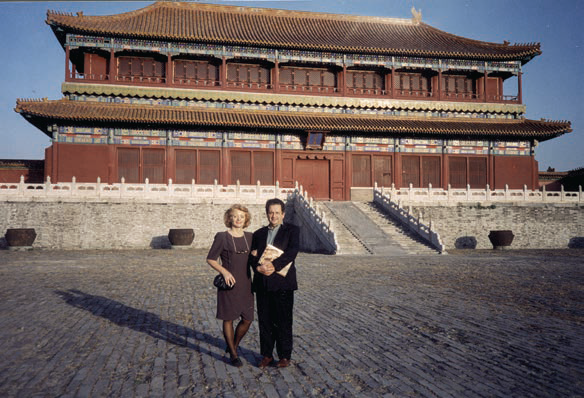
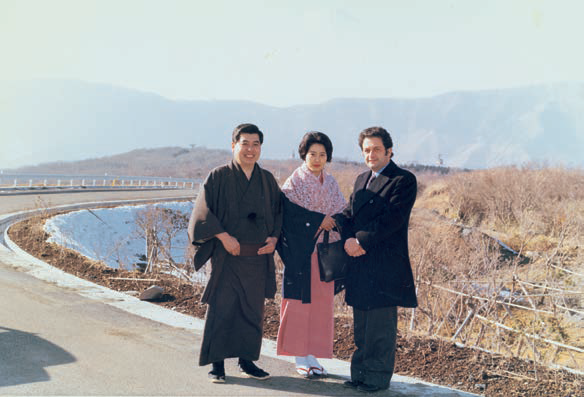
RM — You had unique relationships with major Japanese collectors in the earlier years. Will they ever again be a force in the Chinese art market?
GE — In the late 1960s and 1970s, I visited Japan on a regular basis where I made many friends and colleagues and where I both purchased and sold objects. This went on for many years before Hong Kong “took over”. It is difficult to predict the future, but Japan has a very large quantity of important Chinese art, both in the museums and in a number of private collections.
RM — If you had found the right expert, would you have liked to continue the position your gallery established in handling top Japanese art, or did you conclude that this was not a market that would ever return to the levels of the late 1980s?
GE — In the end, the Chinese aspect of the business grew exponentially and became all encompassing.
RM — Are there new buyers in this market? For example, Sotheby’s London has reinstalled their Japanese department in recent years.
GE — I believe that the majority of important Japanese dealers now concentrate far more on Japanese art than they did previously. There seems to be some resurgence of interest in Japanese art overall.
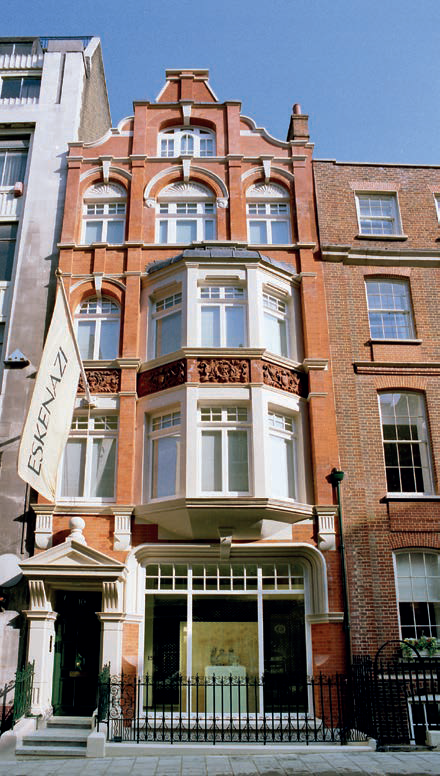
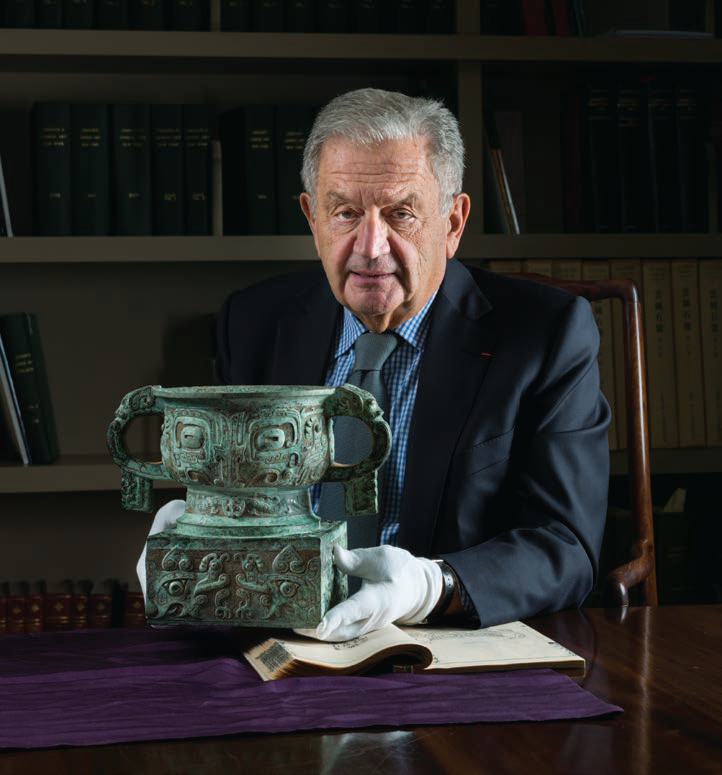
RM — Will the auction houses, and the global move towards digitally enhanced auctioneering practices, make the conventional dealer holding an expensive stock in a substantial gallery redundant in the future? Is the fashion industry’s demolition of the ground-floor level art trade on Bond Street the face of the future?
GE — In my opinion, there is no alternative to handling objects by walking into a dealer’s gallery, of which, sadly there are fewer each day. In the 1960s, 1970s and 1980s, London had more serious and important Chinese art dealers than any other city, including New York, Paris and Tokyo.
RM — Is there much call now for connoisseurship among collectors, when anyone can spot and price a Warhol or a Monet on the drawing room wall?
GE — Connoisseurship will always be important as the main approach to art.
RM — What exactly is it that has made the auction houses so much stronger than in the 1980s? Better qualified staff? Better information about objects in lavish catalogues? Higher costs of the best things, making it much harder for a dealer to build a retail stock, especially when he finds he is bidding against his own clients, who now trust auction house experts and expertise in a way they never used to in the past?
GE — There have been important auctions of Chinese art for a very long time and, primarily, there were private collections coming on the market. Now the auctions have very much turned into a serious outlet for Chinese art from various sources.
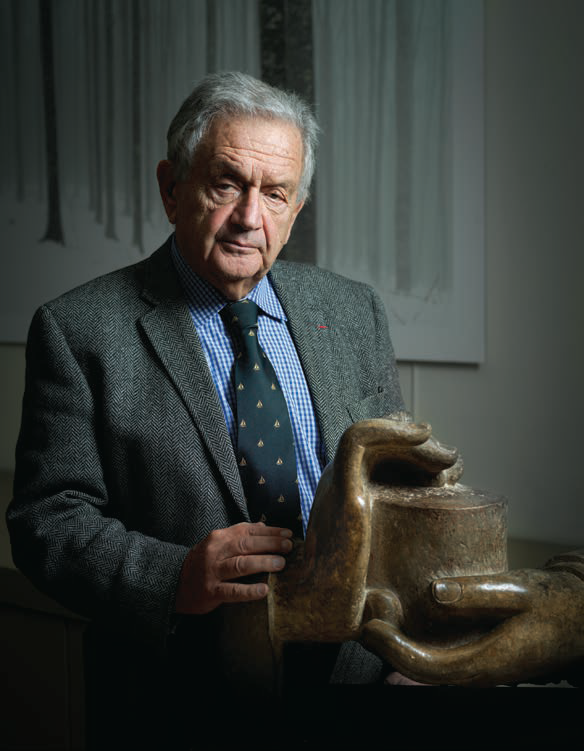
RM — Were you friendly with Peter Wilson, the English auctioneer and chairman of Sotheby’s? Sotheby’s was usually stronger than Christie’s for Chinese art while you were expanding, thanks to Julian Thompson’s huge influence with emerging Hong Kong buyers.
GE — Peter Wilson was an exceptional man who covered all aspects of the auction business. He showed particular interest in my developing career and also great friendship towards me. Jimmy Kiddell and Julian Thompson were also of great help to me in developing my business.
RM — How has the antique business changed for you over the last fifty to sixty years?
GE — Unfortunately, in the last decade, there have been fewer serious collectors and more speculators who are interested primarily in increasing the value of the objects they might consider buying.
RM — What are your thoughts about the art market in relation to Chinese dealers and collectors since our last interview in 2011?
GE — Chinese collectors are primarily buying their own art for which they have developed a great understanding through study and visits to museums, such as the Shanghai Museum. The market has continued from strength to strength.
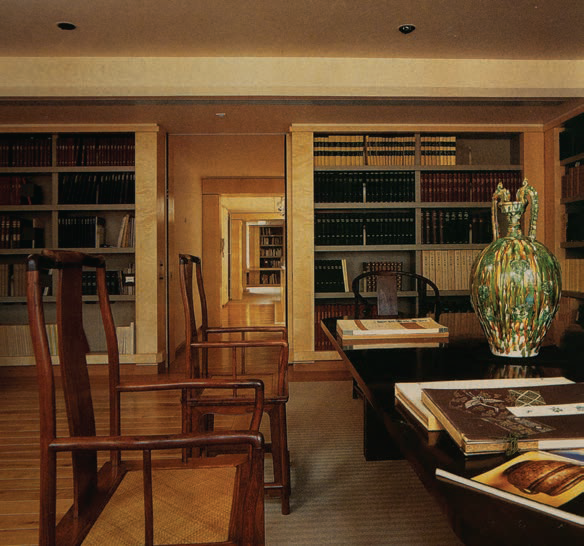
RM — How has the influx of Chinese dealers and galleries changed art dealing and auctions in the last ten years and where do you think it will go in the future?
GE — It was inevitable that, with the massive increase in wealth in China, there would be a greater demand for Chinese art by the Chinese public.
RM — What are your thoughts about the fakes that are coming out of China? How has the issue of fakes affected the market and your business in particular?
GE — I was privileged to give a lecture in Shanghai where I clearly stated that the only way to detect fakes is to study examples in museums before starting to build a collection.
RM — Has Brexit had any impact on your business?
GE — Brexit has been a disaster.
RM — How do you see the role of London in the antiques market over the next fifty years?
GE — I would hope that more individuals will be tempted to join the antique trade.
RM — Do you have any regrets? Would you have the same career all over again?
GE — I have no regrets whatsoever for the career that I have chosen.
RM — What are your plans and ambitions for the future? Do you support any charities for example?
GE — My plan is to carry on until my last breath. I do support a number of charities, including donations to academic institutions.
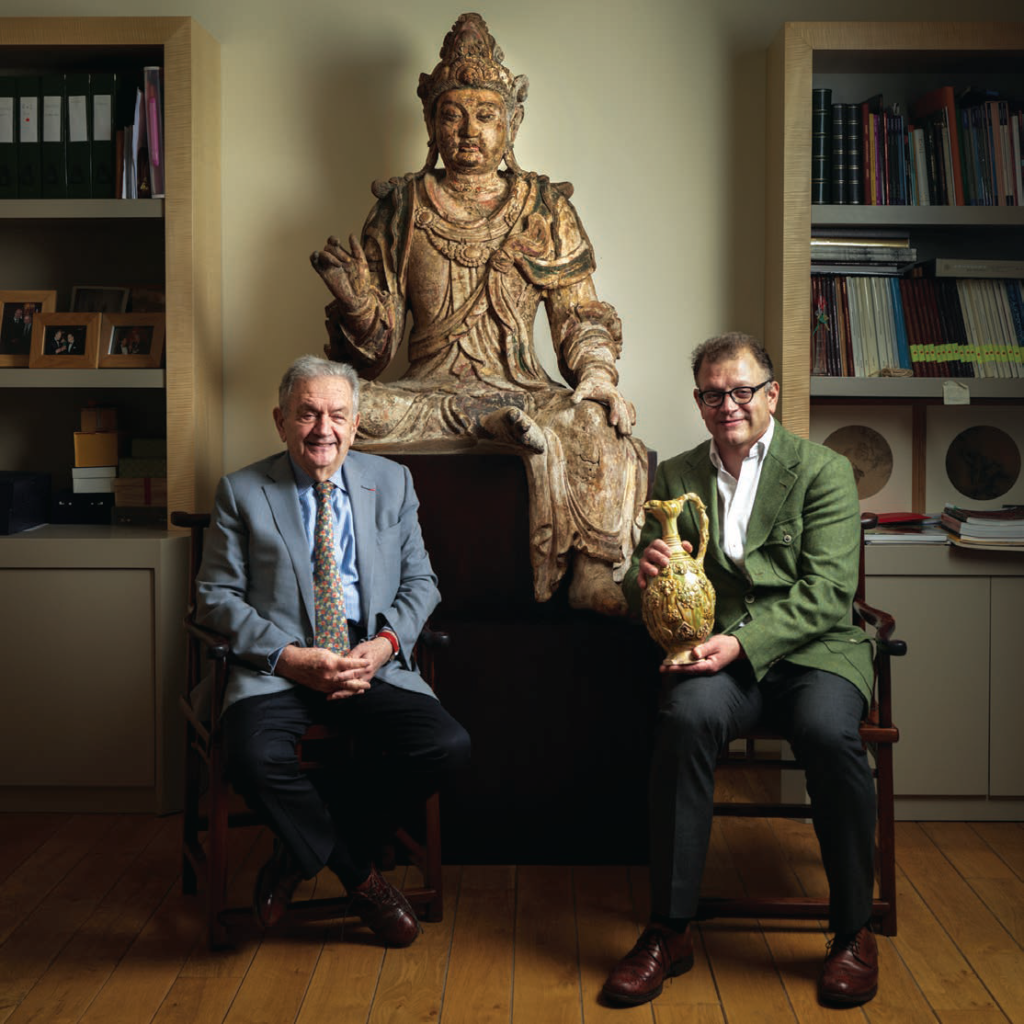
Click here to access Arts of Asia‘s Winter 2022 issue for more articles.

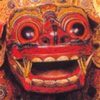 Subscribe
Subscribe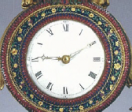 Calendar
Calendar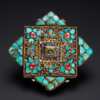 Links
Links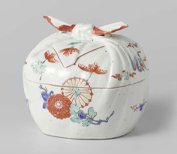 Gift
Gift